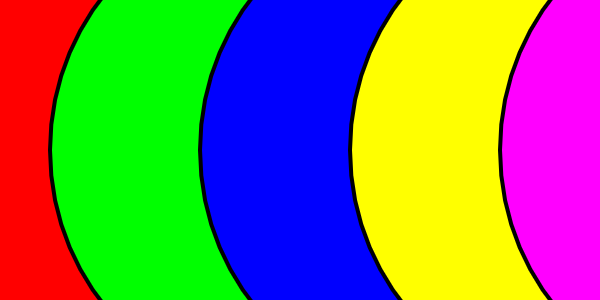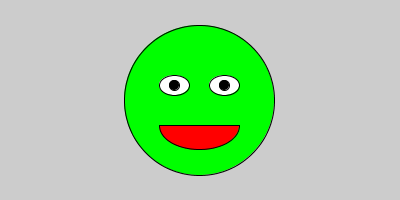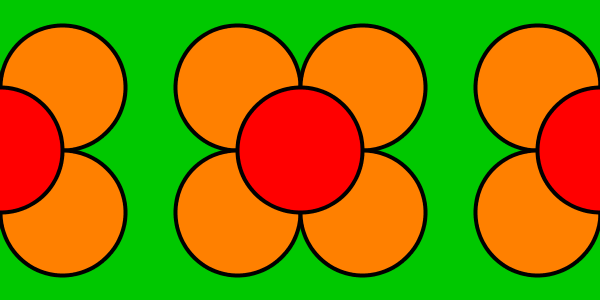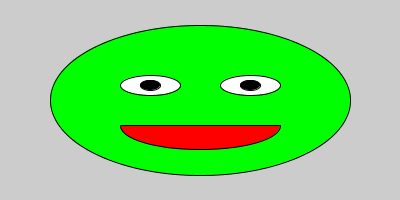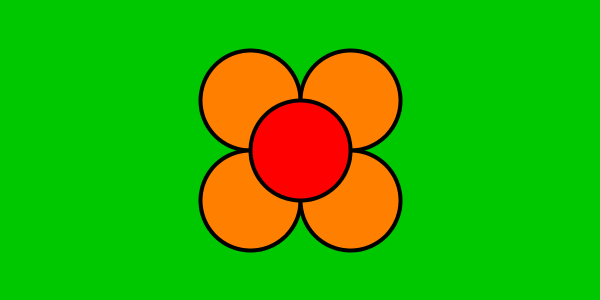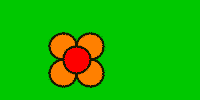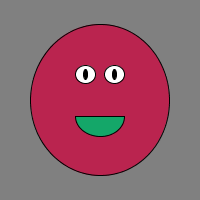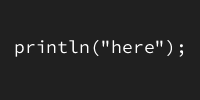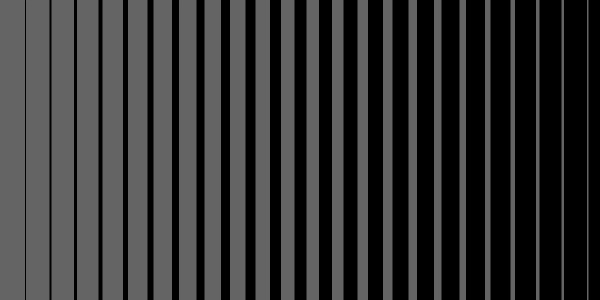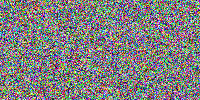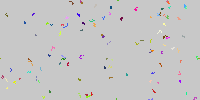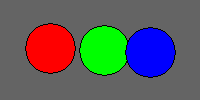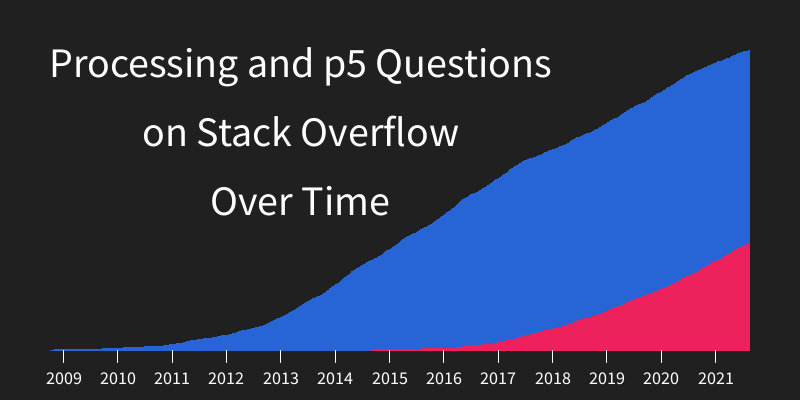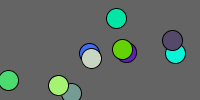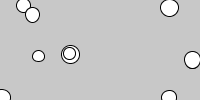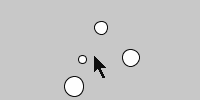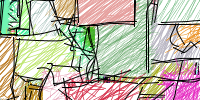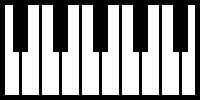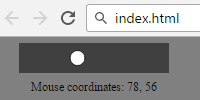Bouncing Balls
Previous:
Bouncing Balls
Note: This example uses parallel arrays. In other words, we’re storing our data across multiple arrays. This is a good way to learn about arrays, but in real life you should use classes instead of parrallel arrays. If you haven’t learned about classes yet, don’t worry about it too much.
int ballCount = 10;
float[] x = new float[ballCount];
float[] y = new float[ballCount];
float[] xSpeed = new float[ballCount];
float[] ySpeed = new float[ballCount];
float[] size = new float[ballCount];
float[] r = new float[ballCount];
float[] g = new float[ballCount];
float[] b = new float[ballCount];
void setup() {
size(200, 100);
for(int i = 0; i < ballCount; i++){
x[i] = random(width);
y[i] = random(height);
xSpeed[i] = random(-5, 5);
ySpeed[i] = random(-5, 5);
size[i] = random(5, 20);
r[i] = random(256);
g[i] = random(256);
b[i] = random(256);
}
}
void draw() {
background(200);
for(int i = 0; i < ballCount; i++){
x[i] += xSpeed[i];
if(x[i] < 0 || x[i] > width){
xSpeed[i] *= -1;
}
y[i] += ySpeed[i];
if(y[i] < 0 || y[i] > height){
ySpeed[i] *= -1;
}
fill(r[i], g[i], b[i]);
ellipse(x[i], y[i], size[i], size[i]);
}
}

See the Pen by Happy Coding (@KevinWorkman) on CodePen.
Now that we have this code, we can easily make our program show 100 balls, just by changing the first line:
int ballCount = 100;
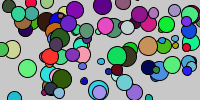
Or we could even make it show 1000 balls:
int ballCount = 1000;

Tweak Ideas
-
Instead of having disconnected balls, make it so they’re connected and form a trail.
Previous:


